Home>Renovation & DIY>Tools & Equipment>How To Unscrew A Screw A Without A Screwdriver
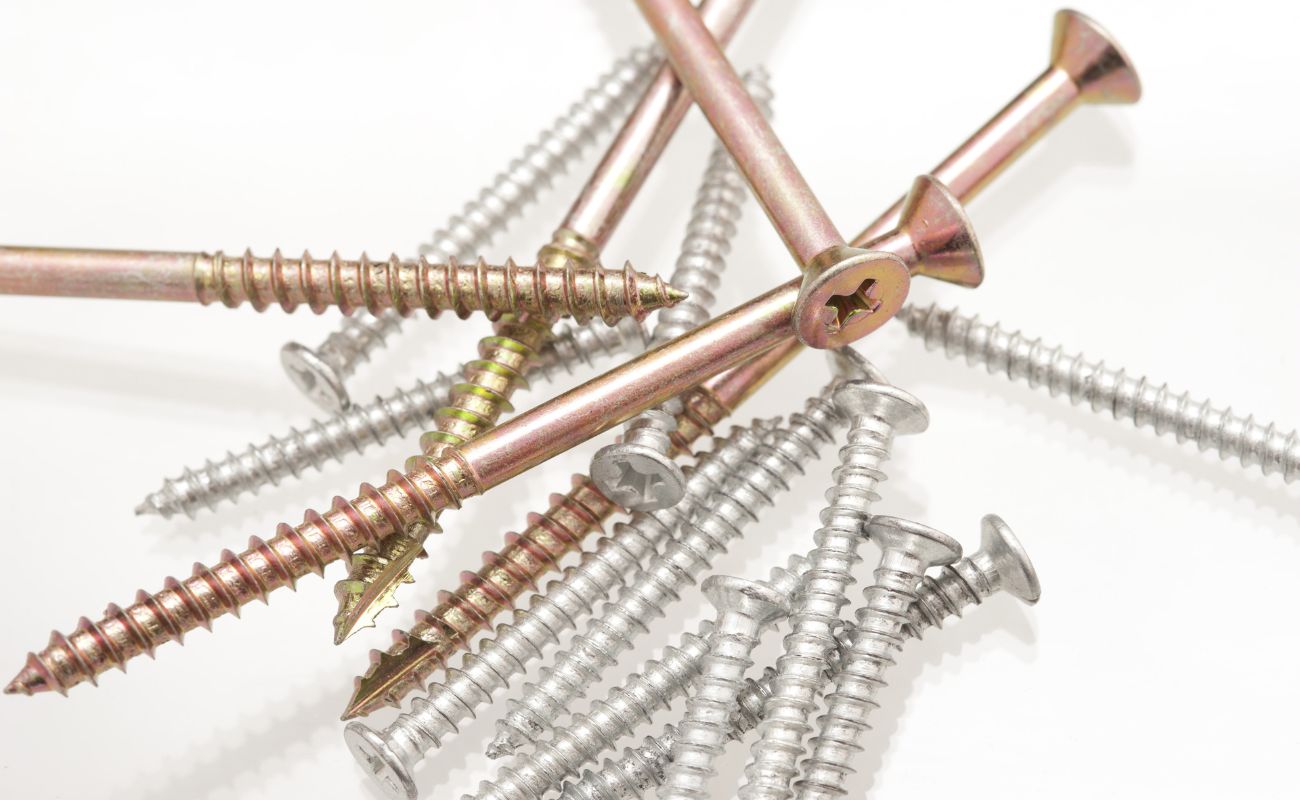

Tools & Equipment
How To Unscrew A Screw A Without A Screwdriver
Modified: January 2, 2024
Learn how to unscrew a screw without a screwdriver with the right tools and equipment. Find out the alternative methods to tackle this common DIY challenge.
(Many of the links in this article redirect to a specific reviewed product. Your purchase of these products through affiliate links helps to generate commission for Storables.com, at no extra cost. Learn more)
Introduction
When faced with a stubborn screw that needs to be unscrewed but without a screwdriver, it can feel like a frustrating and impossible task. However, with a little creativity and resourcefulness, you can still tackle the job at hand. In this article, we will explore five alternative methods that can be used to unscrew a screw without a screwdriver. These methods not only require minimal tools and equipment but are also effective in removing a wide range of screws in various scenarios.
Whether you find yourself in a situation where you don’t have a screwdriver readily available or you simply want to explore different options, these techniques can come in handy. So let’s dive in and discover how to unscrew a screw without the help of a screwdriver!
Key Takeaways:
- Don’t let the absence of a screwdriver stop you! From using a flat-head knife to a coin, pliers, a drill, or a screw extractor kit, there are creative ways to unscrew a screw in a pinch.
- While alternative methods can work, invest in proper tools for long-term efficiency and safety. Exercise caution and creativity when tackling screw removal without a screwdriver.
Method 1: Using a Flat-Head Knife
For this method, you’ll need a flat-head knife with a sturdy and thin blade. Follow these steps to unscrew a screw using a flat-head knife:
- Start by selecting a knife with a blade that can fit into the groove of the screw head.
- Insert the blade into the groove and apply pressure to ensure a firm grip.
- Using the knife as a lever, turn it counterclockwise to loosen the screw.
- Continue turning until the screw is completely removed.
It’s important to exercise caution when using this method to prevent any injuries. Make sure you hold the knife securely to avoid slipping and keep your fingers away from the sharp blade.
This method works best for screws with larger heads and shallow grooves. It may not be as effective for screws that are tightly fastened or have smaller heads.
It’s also worth mentioning that using a knife as a substitute for a screwdriver should be done only when necessary. Excessive or improper use of a knife can damage the screw head, making it difficult to remove or potentially ruining it altogether.
Method 2: Using a Coin
If you don’t have a screwdriver on hand, a coin can be a convenient alternative to unscrew a screw. Here’s how you can use a coin to get the job done:
- Choose a coin that has a similar size to the screw head.
- Position the edge of the coin against the groove of the screw.
- Apply downward pressure and twist the coin counterclockwise to loosen the screw.
- Continue turning until the screw is completely loosened and can be removed.
This method is ideal for screws with larger heads and shallow grooves. However, keep in mind that a coin may not provide enough grip on screws that are tightly fastened or have smaller heads.
It’s important to note that using a coin as a makeshift screwdriver should be done with caution. Make sure to firmly press the coin against the screw to avoid slipping and causing potential injuries.
Additionally, repeated use of a coin as a screwdriver can result in wear and deformation of the edges, affecting its effectiveness over time.
Remember, this method should be used as a temporary solution until you can find a proper screwdriver.
Method 3: Using Pliers or Wrench
When you don’t have a screwdriver, another handy tool that can be used to unscrew a screw is a pair of pliers or a wrench. Here’s how you can utilize these tools:
- Select a pair of pliers or an adjustable wrench that can fit the size of the screw head.
- Position the jaws of the pliers or the wrench around the screw head, ensuring a firm grip.
- Hold the tool securely and turn it counterclockwise to loosen the screw.
- Continue rotating until the screw is completely loosened and can be easily removed.
Using pliers or a wrench can be particularly effective for screws that are tightly fastened or have larger heads. The additional leverage provided by these tools allows for better grip and torque.
It’s important to be cautious when using pliers or a wrench, as excessive pressure or improper positioning can lead to slipping and potential injuries. Ensure that the tool is securely in place before attempting to turn the screw.
Keep in mind that using pliers or a wrench as an alternative to a screwdriver is not the most ideal method, as it can cause damage to the screw head. It is best to use this method only when necessary and obtain a proper screwdriver for future tasks.
You can use a pair of pliers to grip the head of the screw and turn it counterclockwise to unscrew it. Be sure to use a firm grip to avoid slipping.
Method 4: Using a Drill or Rotary Tool
If you have access to a drill or a rotary tool, this method can be a powerful solution to unscrew stubborn screws without a screwdriver. Follow these steps:
- Attach a suitable screwdriver bit to the drill or rotary tool.
- Place the bit into the screw head and ensure a secure fit.
- Set the drill or rotary tool to the reverse (counterclockwise) direction.
- Apply gentle pressure and activate the tool to start unscrewing the screw.
- Continue turning until the screw is completely loosened and can be removed.
This method is particularly effective for screws that are rusted, stripped, or tightly fastened. The power provided by the drill or rotary tool helps overcome resistance and allows for easy removal.
It’s important to exercise caution when using a drill or rotary tool. Avoid excessive force to prevent damage to the screw or surrounding materials. If the screw is in a delicate or fragile surface, it is advisable to utilize a lower speed setting on the tool.
Remember to use safety precautions when working with power tools, such as wearing protective eyewear and gloves.
While this method can yield positive results, it’s worth noting that using a drill or rotary tool as a substitute for a screwdriver should be a temporary solution. It’s recommended to obtain a proper screwdriver for future use.
Method 5: Using a Screw Extractor Kit
If you’re dealing with a stubborn or damaged screw that cannot be easily unscrewed, a screw extractor kit can be a lifesaver. Here’s how to use it:
- Select a screw extractor that matches the size of the screw head.
- Drill a small pilot hole in the center of the screw using a drill bit included in the kit.
- Insert the screw extractor into the pilot hole, and use a wrench or a pair of pliers to grip the extractor securely.
- Apply steady pressure and rotate the extractor counterclockwise to grip onto the screw.
- Continue turning the extractor until the screw starts to loosen and can be removed.
A screw extractor kit is specifically designed to remove stripped or damaged screws, making it an excellent solution for challenging screw removal tasks.
When using a screw extractor kit, it’s crucial to follow the instructions provided and use the correct size and type of extractor for the screw you’re working with.
Be cautious while drilling the pilot hole to avoid damaging the surrounding material or applying excessive force that could break the extractor. Take your time and apply steady, controlled pressure during the extraction process.
This method is recommended for situations where traditional screwdriver methods have failed or are not feasible due to screw damage or stripping.
Investing in a quality screw extractor kit can save you time and frustration in the long run, as it provides a reliable solution for dealing with stubborn screws without a screwdriver.
Conclusion
Unscrewing a screw without a screwdriver may seem like a daunting task, but with the right techniques and a bit of creativity, it’s definitely possible. In this article, we explored five alternative methods that can be used to successfully remove a screw without a screwdriver.
From using a flat-head knife or a coin to utilizing pliers or a wrench, there are various options depending on the tools you have on hand. Additionally, a drill or rotary tool can provide additional power and leverage, while a screw extractor kit is perfect for stubborn or damaged screws.
However, it’s important to note that these methods should be considered temporary solutions. Investing in a proper set of tools, including screwdrivers of different sizes and types, is always advisable for future tasks and to ensure safe and efficient screw removal.
When attempting any of these methods, remember to exercise caution to prevent damage to the screw, surrounding materials, and most importantly, yourself. Use the appropriate tools for the job, follow the instructions carefully, and wear protective equipment when necessary.
By exploring these alternative methods and being resourceful, you can overcome the challenge of unscrewing a screw without a traditional screwdriver. So the next time you find yourself without a screwdriver, don’t worry – you now have a toolbox of alternative solutions to get the job done!
Frequently Asked Questions about How To Unscrew A Screw A Without A Screwdriver
Was this page helpful?
At Storables.com, we guarantee accurate and reliable information. Our content, validated by Expert Board Contributors, is crafted following stringent Editorial Policies. We're committed to providing you with well-researched, expert-backed insights for all your informational needs.
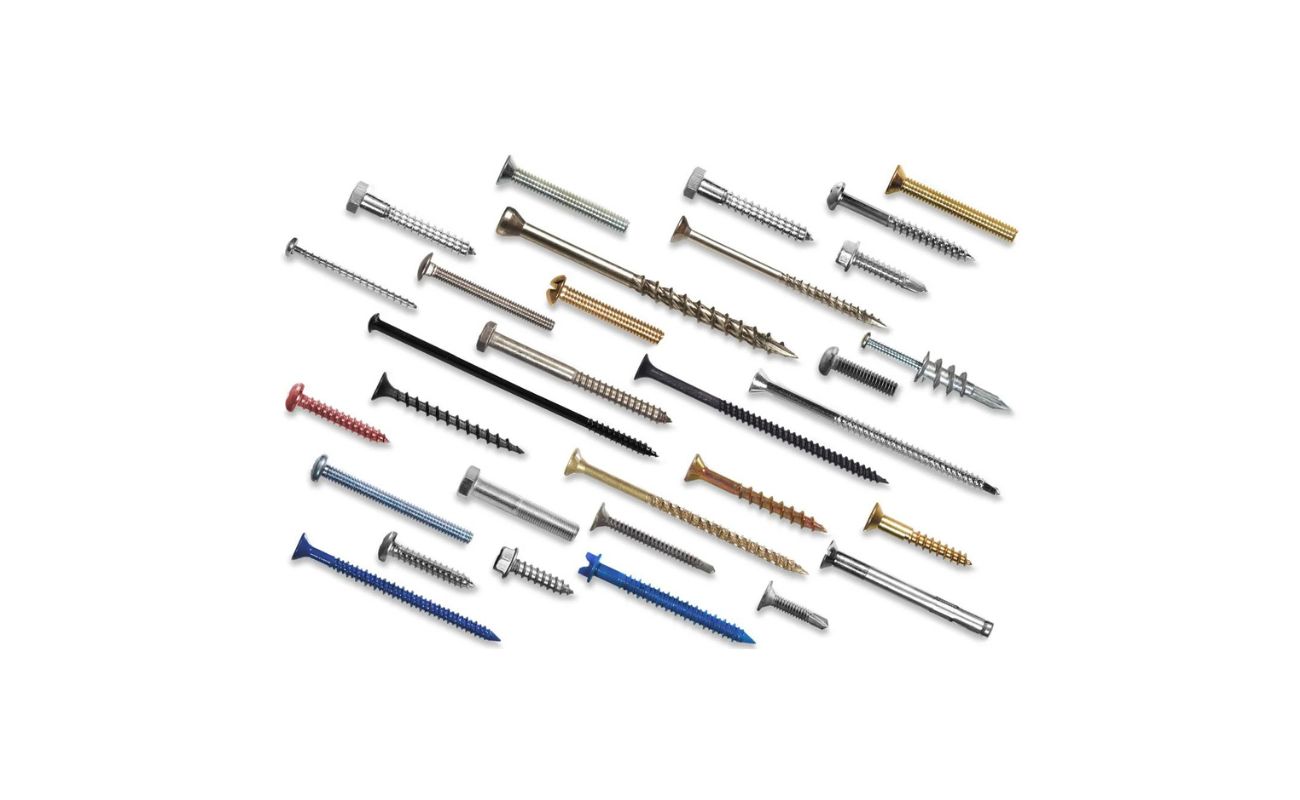
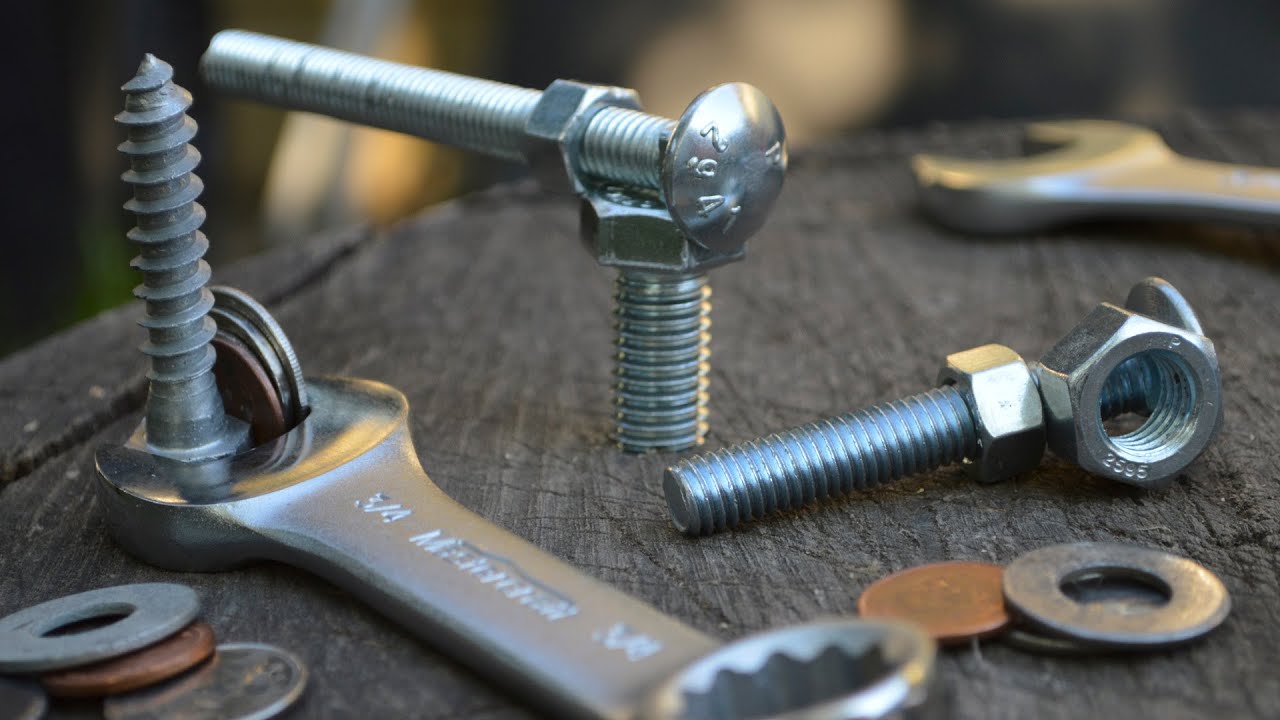
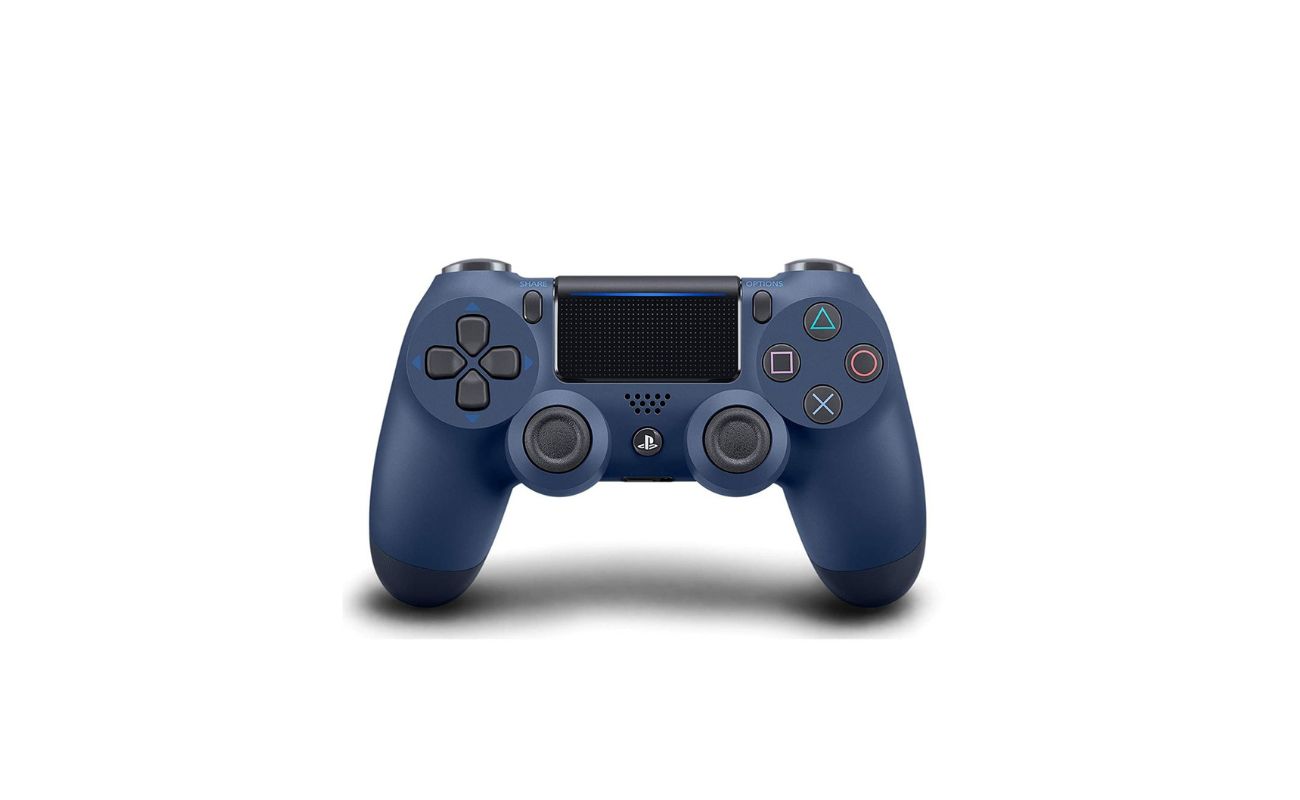
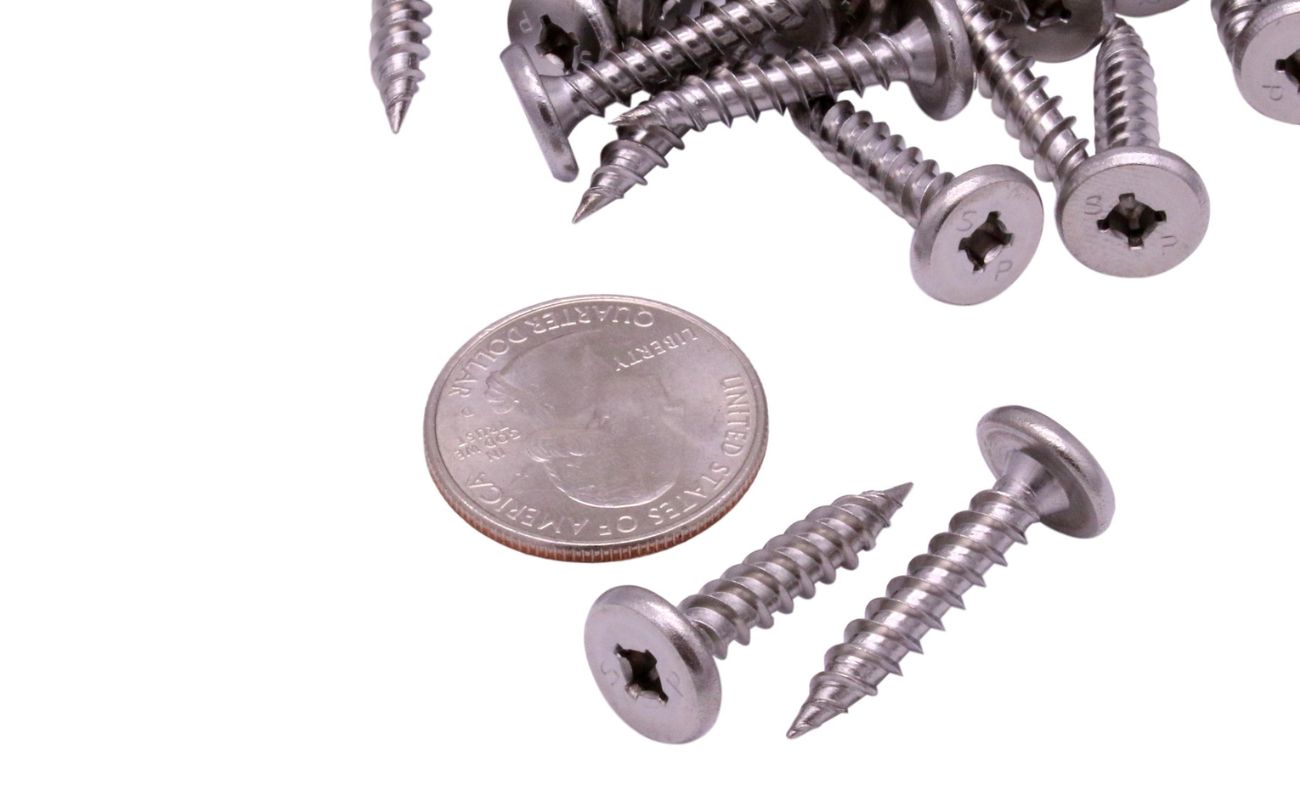
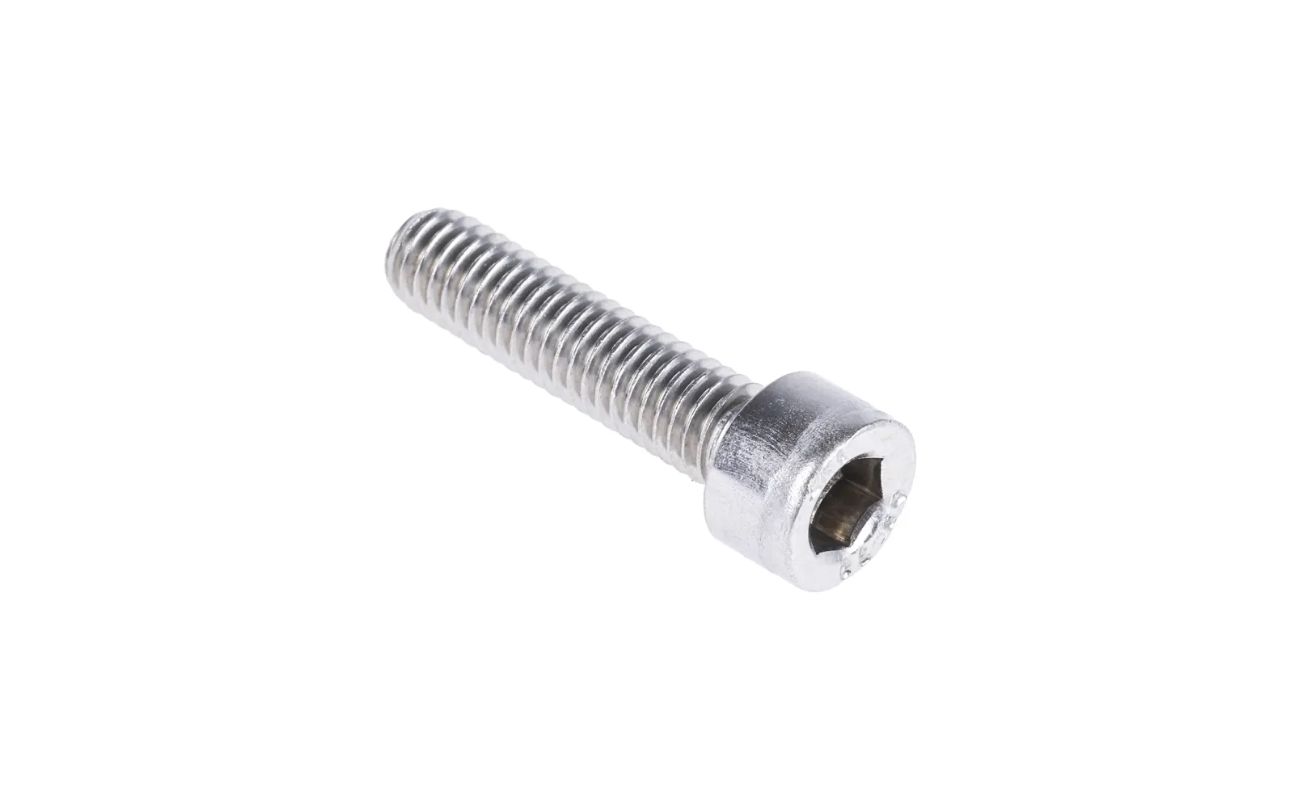
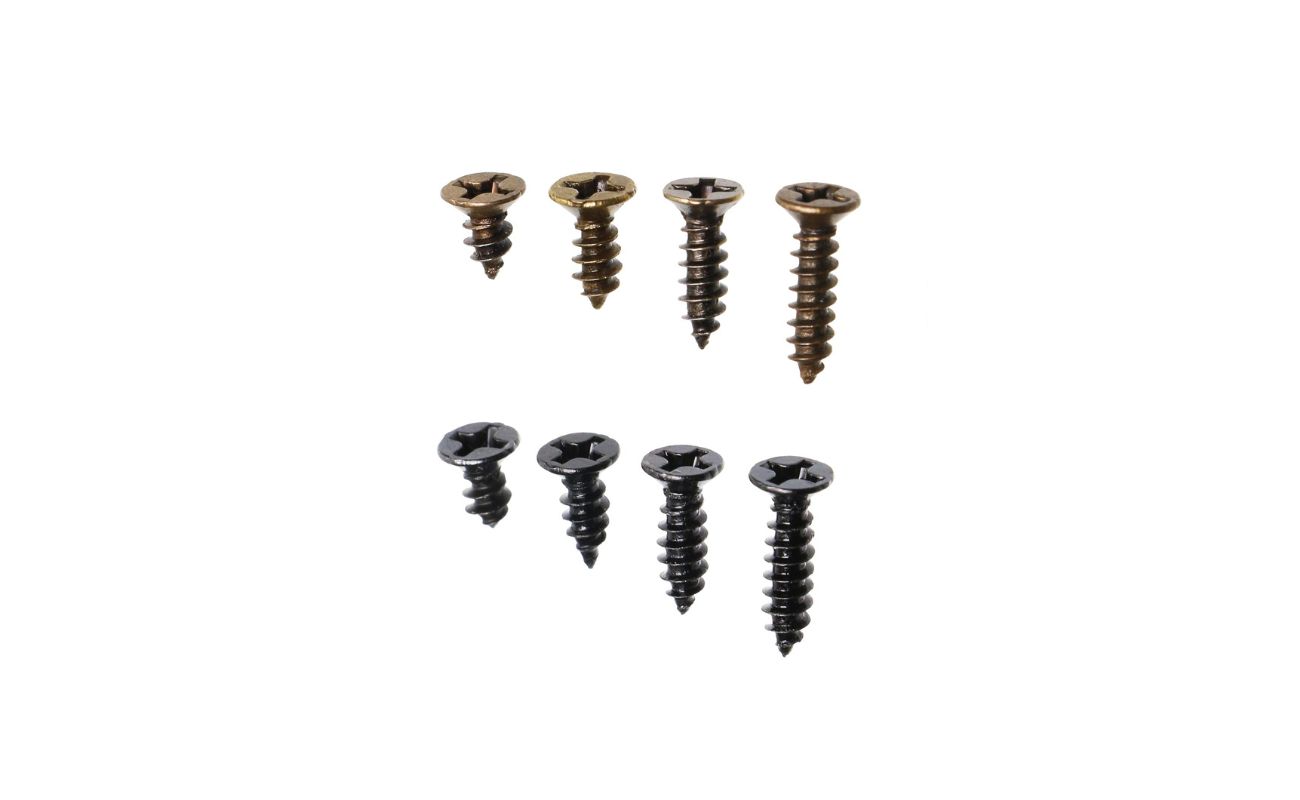
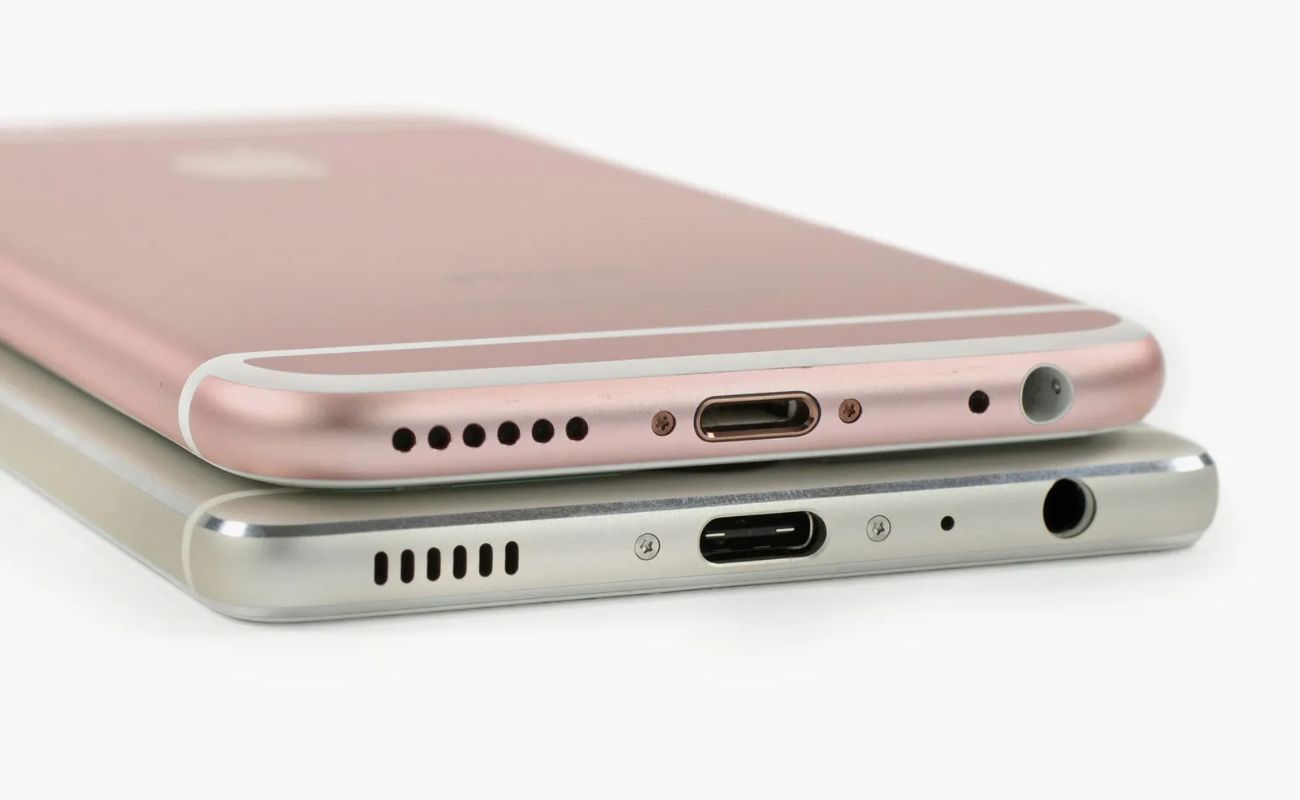
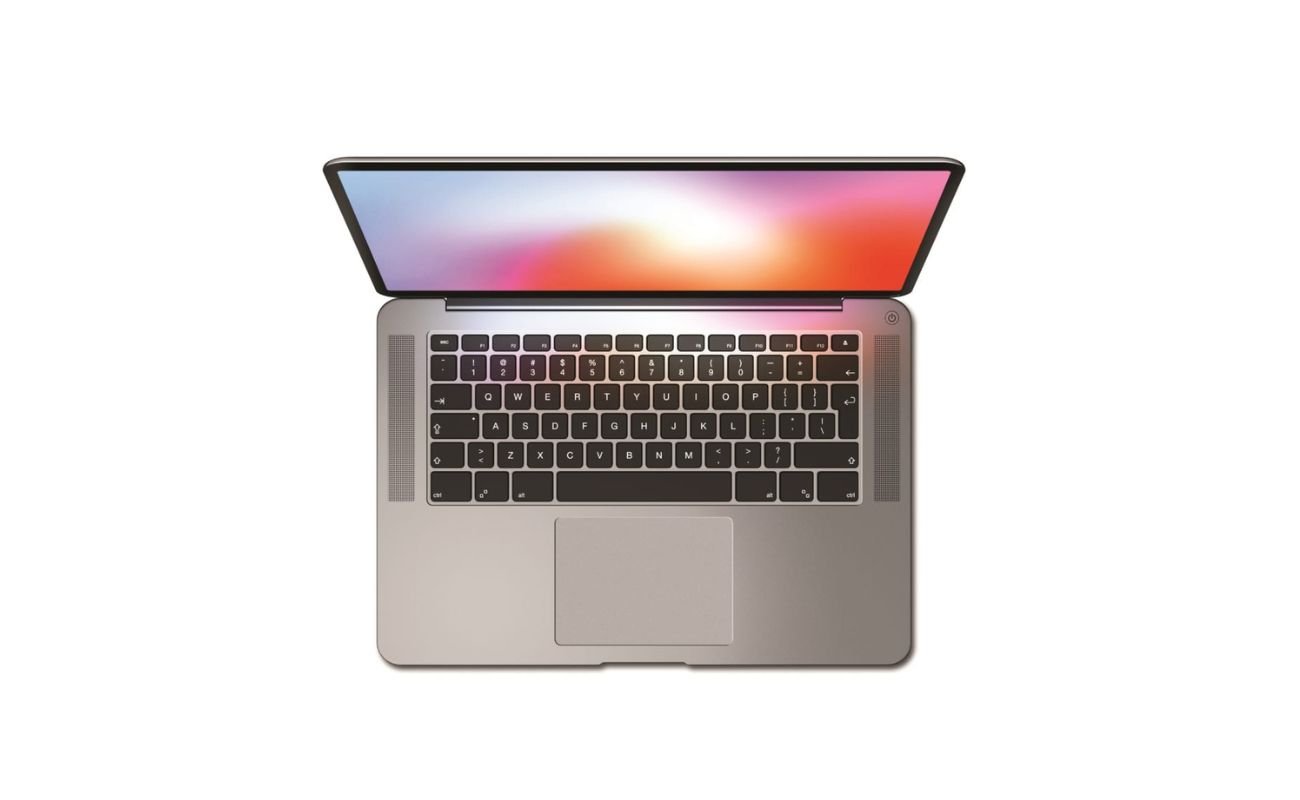
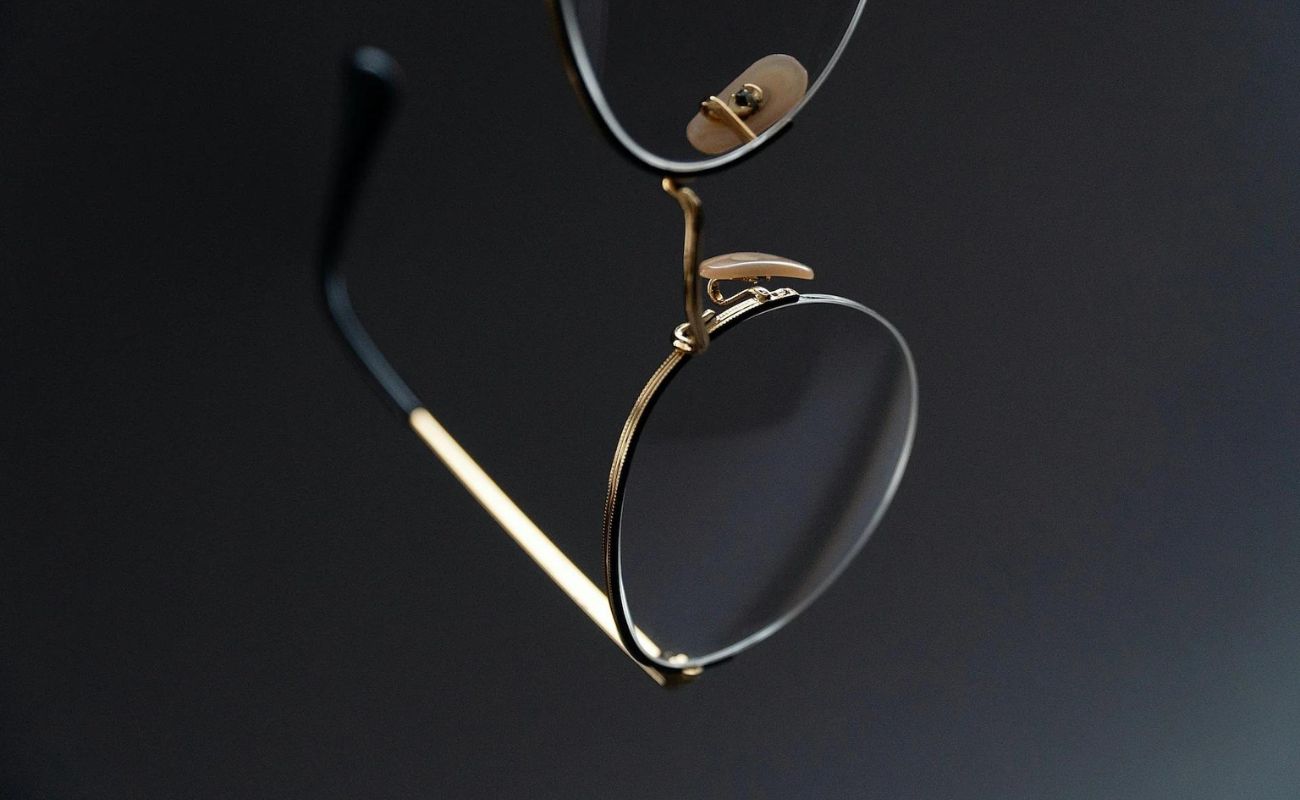
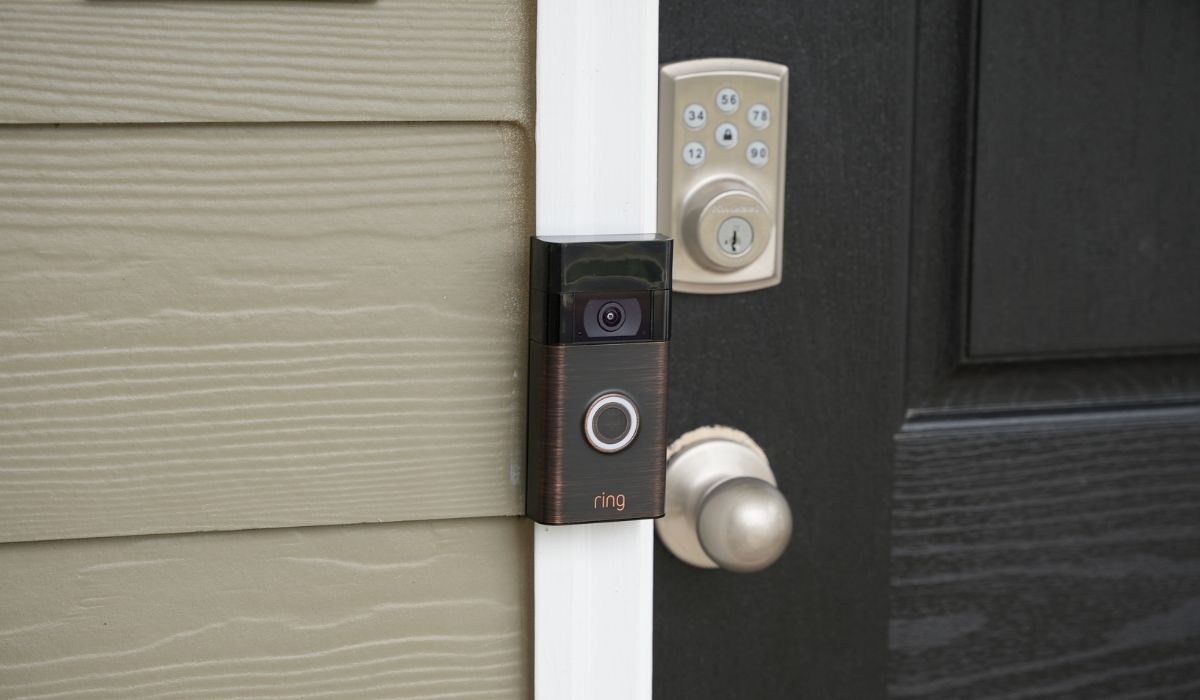
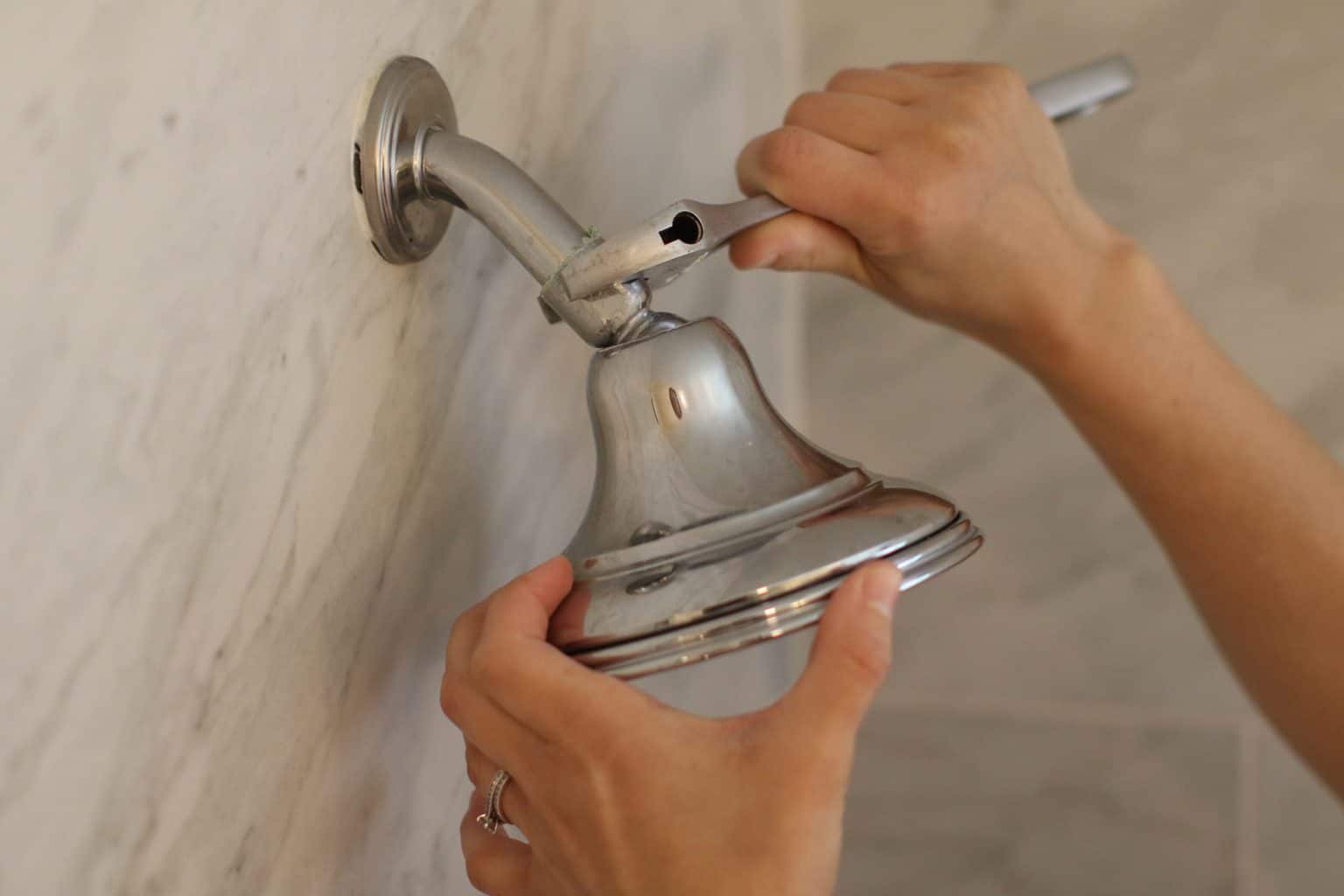
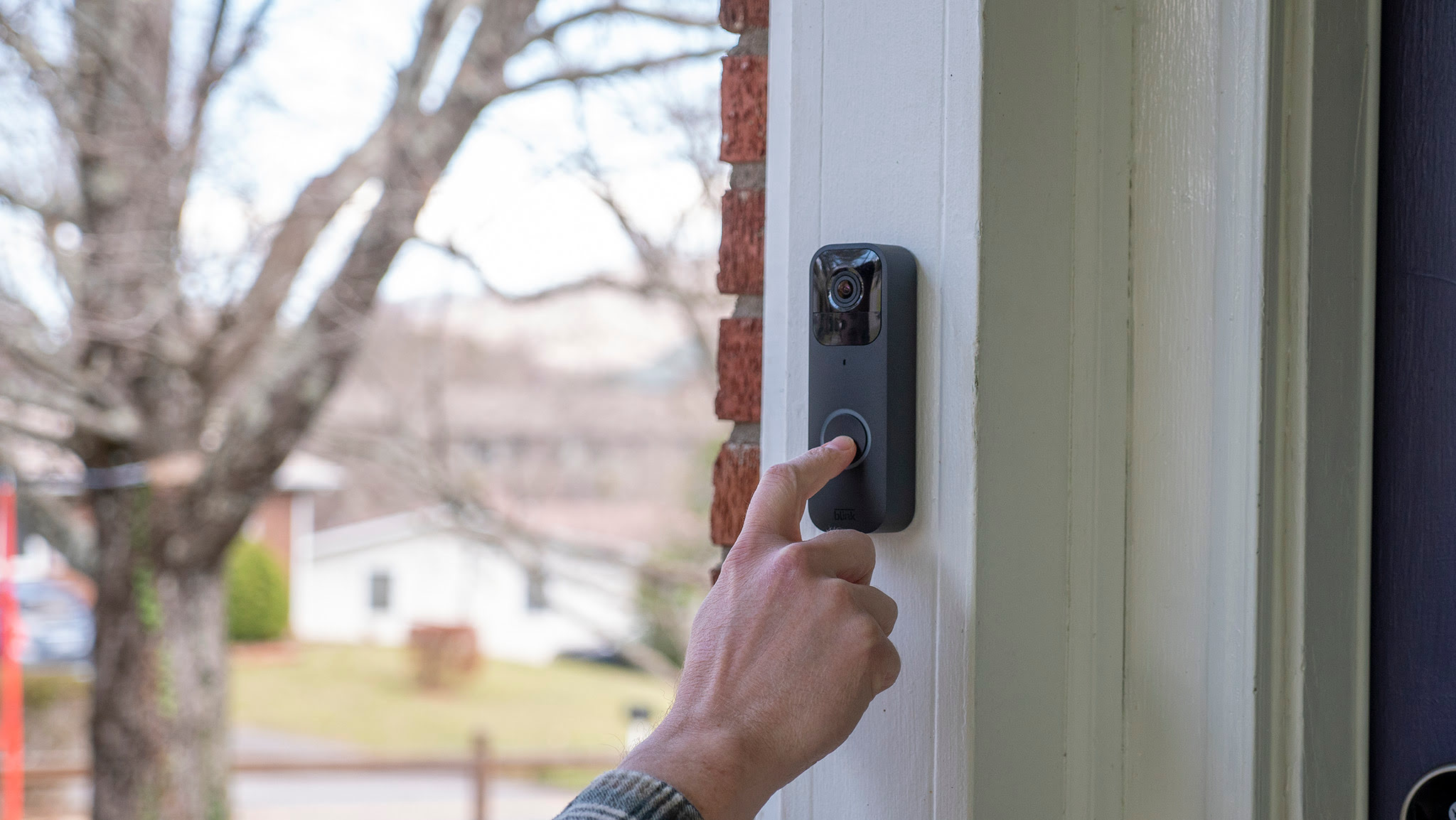
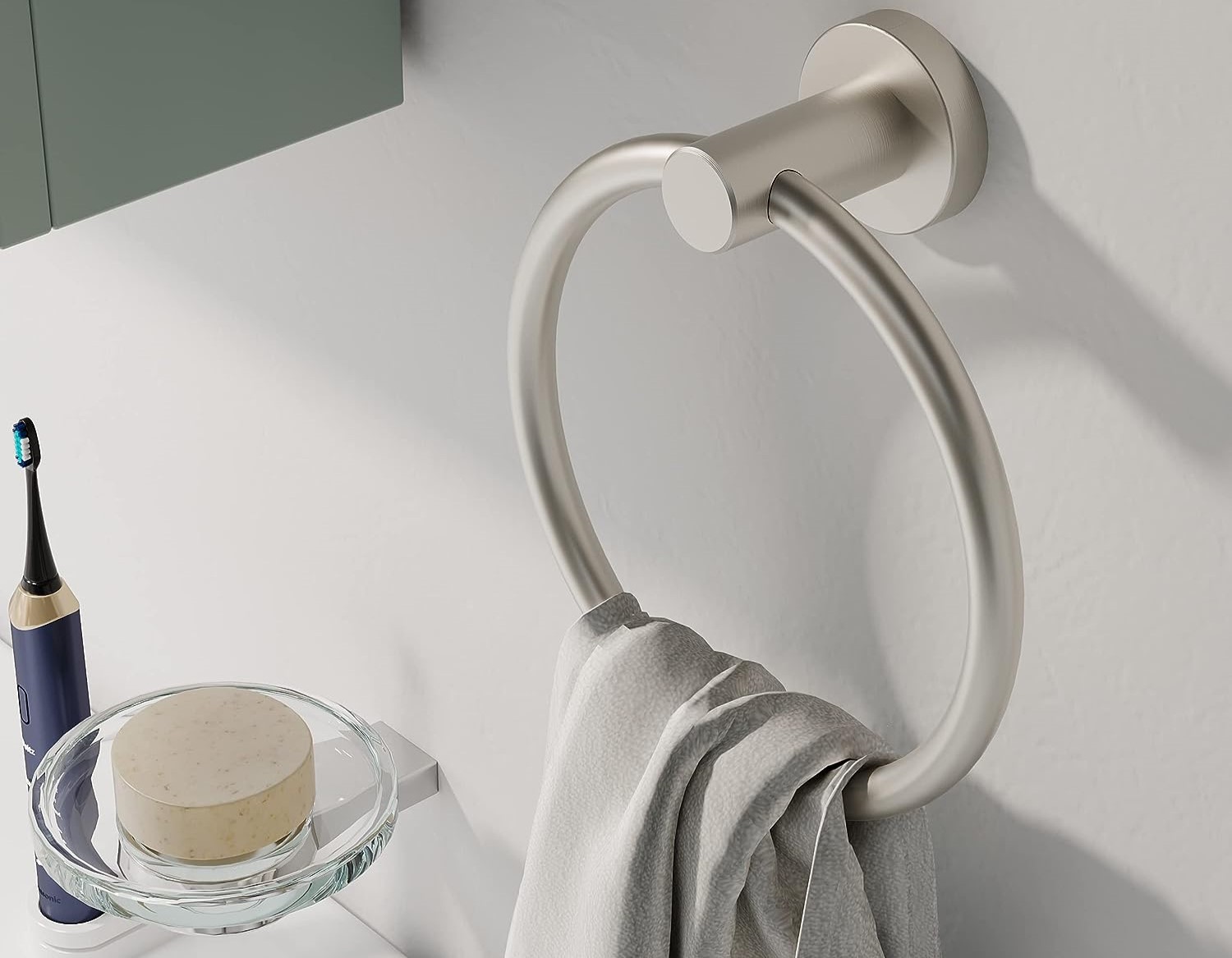
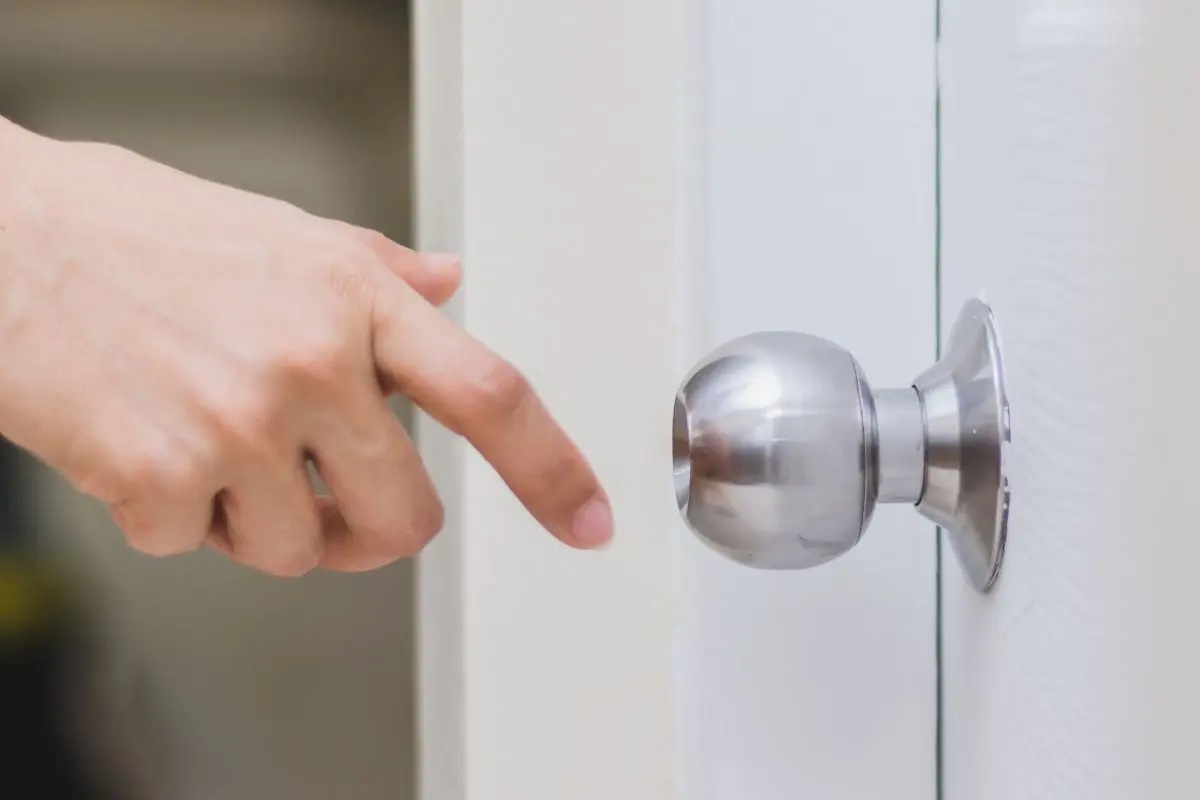

0 thoughts on “How To Unscrew A Screw A Without A Screwdriver”